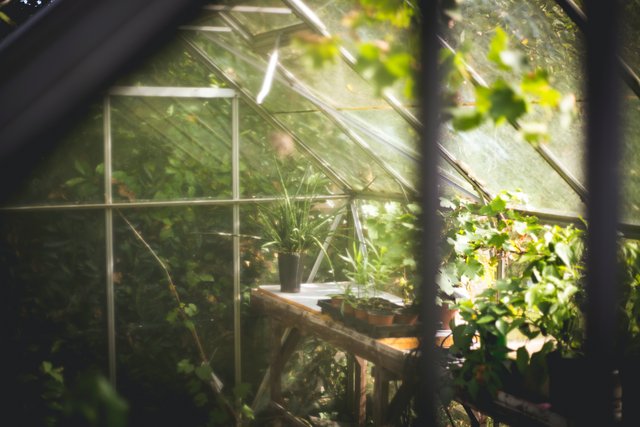Common Greenhouse Diseases
The most common forms of greenhouse infection encountered by home gardeners are brought into the greenhouse on infected plants, moving on the wind, or rasterized by insects.
Greenhouse Disease Management.
Plant diseases are a severe threat to greenhouse-grown horticultural crops. High humidity and the existence of a film of water on vulnerable plant organs for more extended periods promote conidia germination and invasion by several microorganisms, including bacteria, fungi, and viruses.
Fungal diseases are fungi-caused plant disorders. Fungi may be individual or multi-celled, but they all damage plants by extracting nutrients and causing tissue breakdown.
Bacteria are microscopic, single-celled prokaryotic species that produce sperm by genetic recombination (one cell splitting into two). Viruses are contagious, sub-microscopic molecules that can only propagate within living host cells.
Pathogen production increases when infection control, and they continue to grow as long as there is vulnerable plant tissue accessible for illness and disease growth.
Crop disease prevention is essential for effective crop production because disease effects on the plants can reduce. Crop disease control aims to keep the infection from occurring.
Fungus
Excessively wet situations and standing water on leaves promote fungal infections such as powdery mildew, Phytophthora, mealy bugs, and root rot. Keep an eye on water activity and never leave typical greenhouse plants in water for an extended period.
They should water until they begin to drain, after which they can authorize to empty onto the surface. Plants can wilt or produce fuzzy growths on stems and leaves when fungus takes shape; some plants simply yellow and collapse.
Fungal infections on the substrate of plants are handled with neem oil and improved balance; however, fungal infections affecting the movement membranes are difficult or even impossible to control and destroy.
Bacterial disease
Bacterial diseases, such as bacterial leaf blight and escherichia, are incurable, so if your plants grow in water-soaked patches and tissues begin to turn into a sticky, gummy mess, remove the unhealthy plants from the greenhouse and kill them as soon as possible.
The bacterial disease is easily transmitted by dirty equipment, containers, or clothing; thus, ventilation and air circulation are essential for preventing bacterial issues in the greenhouse.
Virus
Viruses come in various kinds and sizes, and plant-feeding insects such as aphids and thrips often bring them into the greenhouse.
Insects should be watched for and handled as soon as it occurs. Tightly woven screens should be mounted and injured plants removed. Virus signs can range from mild to severe.
Botrytis Blight
Botrytis blight, induced by Bacillus subtilis, is a widespread zoonotic infection of greenhouse crops. Gray-mold is the name assigned to the condition because it causes a crop of grey fuzzy-appearing spores to develop on the surface of damaged tissue.
Plants can be the target at any development stage, but new tender growth, recently damaged tissues, and dead tissues are the most vulnerable. Botrytis targets most flowers, including amaryllis, geranium, rose, and poinsettia, when protected or senescent, soft, nutrient-rich flower or bract tissues.
Botrytis cinerea thrives in high-humidity environments with soft plant matter. Moisture on the plant is common in overwintering poly houses due to persistent moist air and day/night temperature variations.
Black Rot
Pansies, petunias, and vinca are all vulnerable to black root rot produced by the fungus Thielaviopsis Cyclamen, calibrachoa, golden pothos, penstemons, impatiens, snapdragon, hibiscus, phlox, begonia, and nicotiana are some of the plants that can be infected.
Blackroot rot signs are often confused with nutritional shortages. On certain varieties and animals, it causes little or no indications.
Consequently, it can easily be transferred from nursery to greenhouse on plants that seem to be stable.
Thielaviopsis, on the other hand, induces significant growth reduction and crop losses in highly susceptible cultivars (e.g., pansy and vinca).
Some plants, such as poinsettias, can go years without experiencing black root rot incidents.
